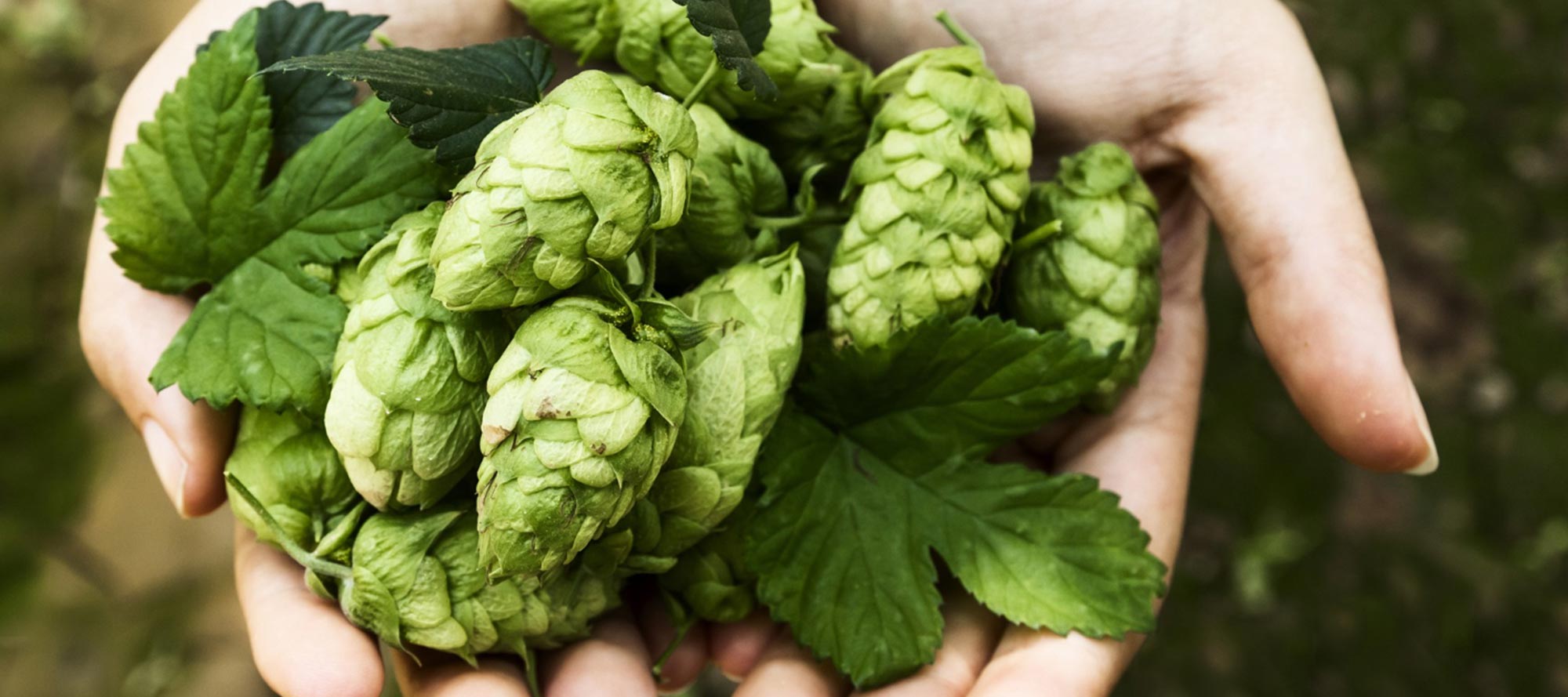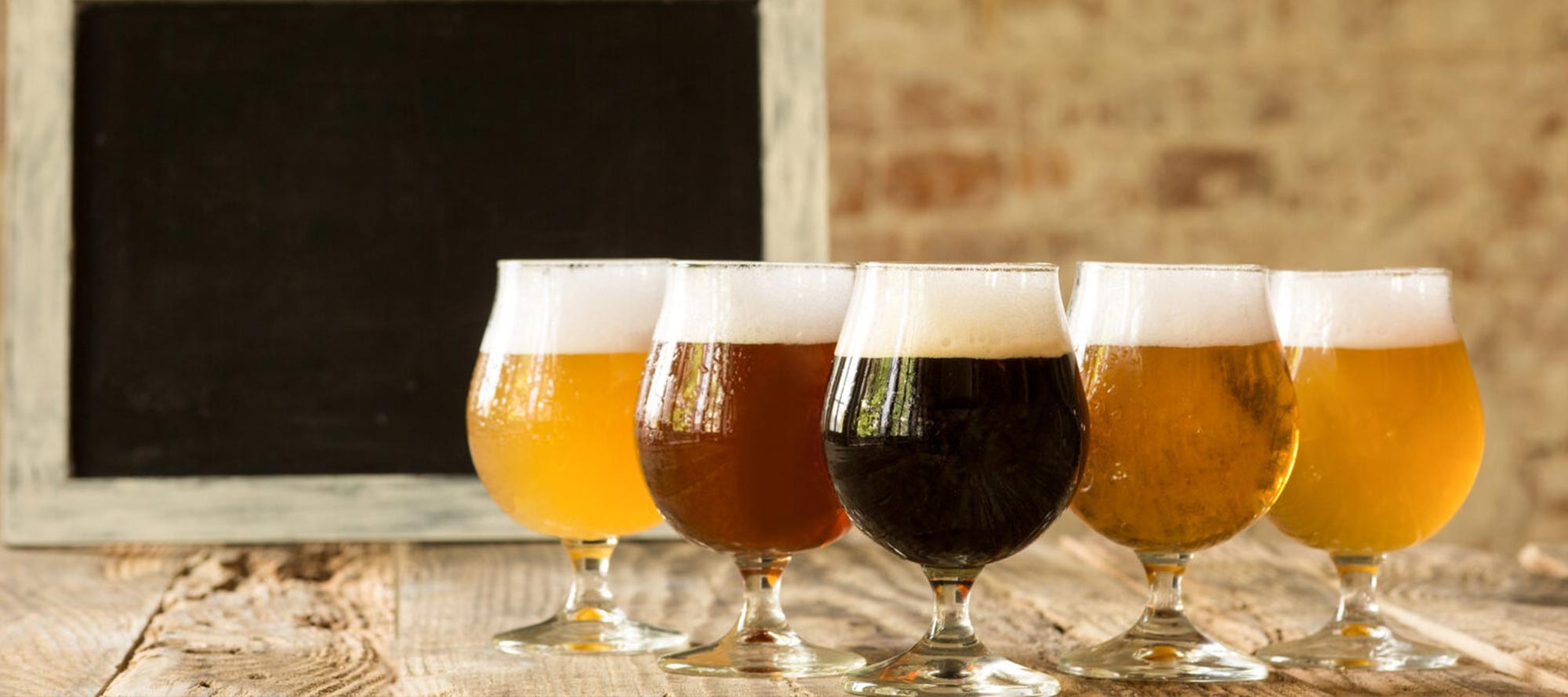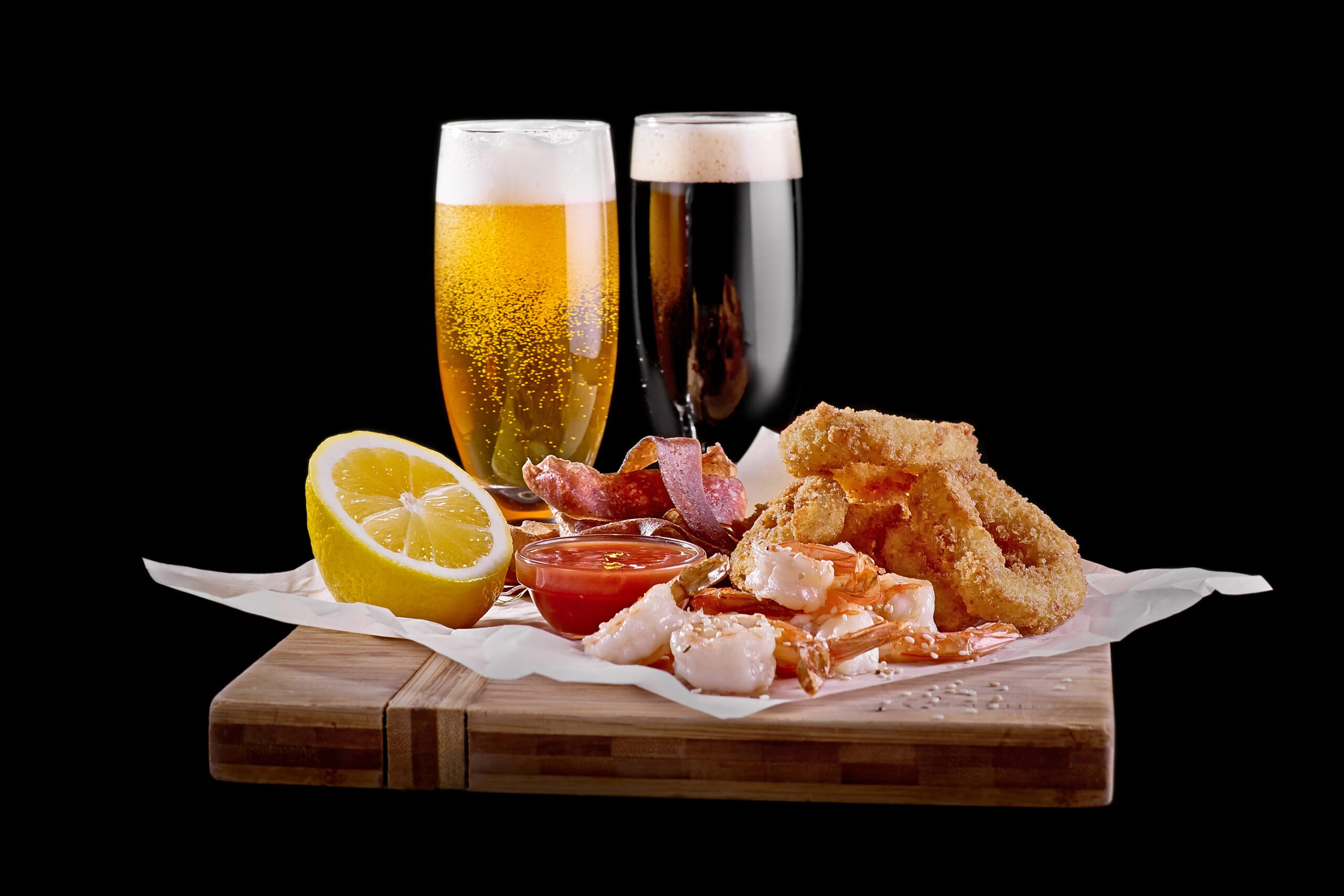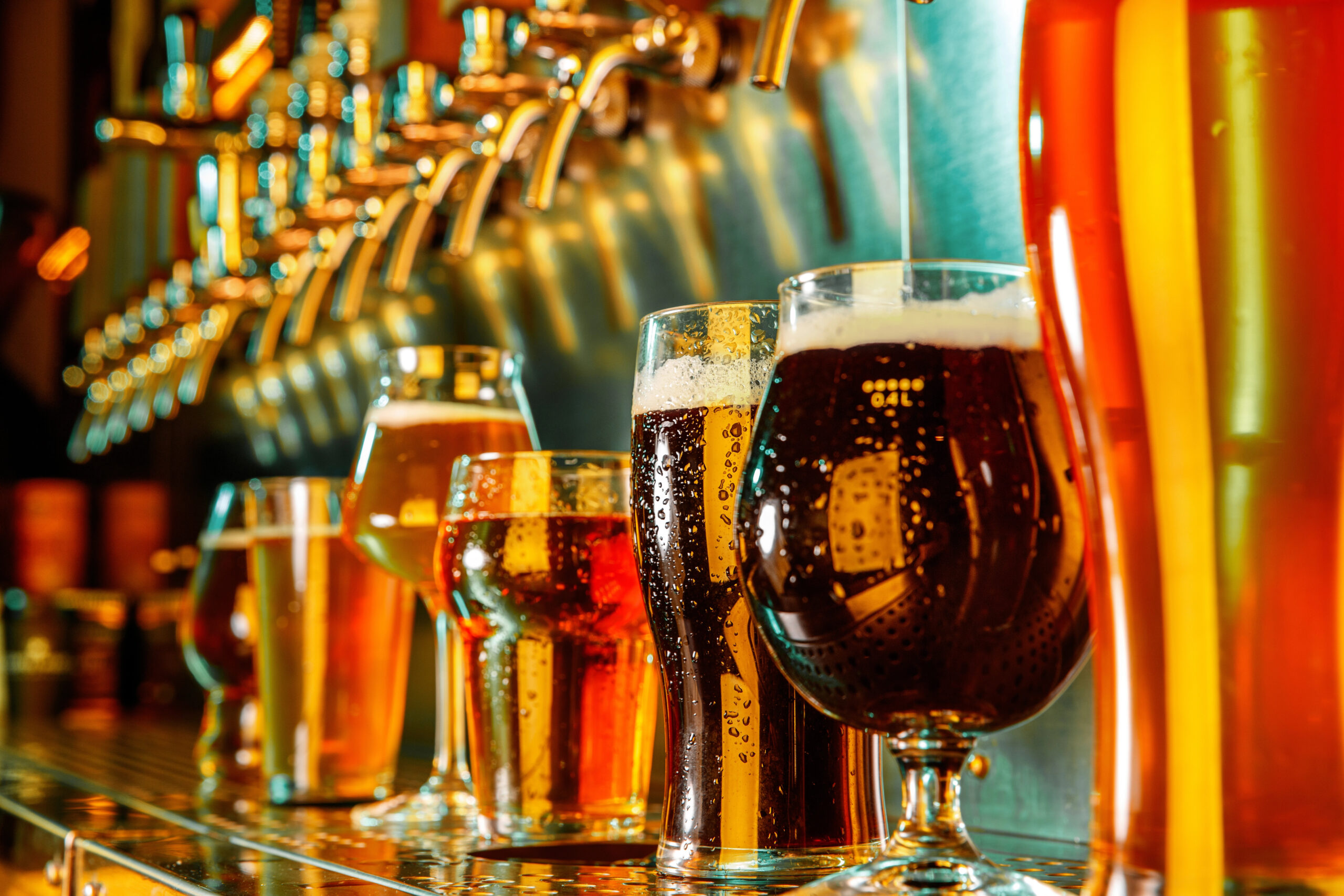Behind every sip of beer lies a symphony of meticulously selected ingredients, each playing a vital role in shaping the beverage we know and love. From the refreshing crispness to the nuanced flavors, the magic begins with four essential elements: water, barley, yeast, and hops.
Water: The Silent Foundation
Often overlooked yet fundamental, water comprises the majority of beer’s content. Its quality profoundly influences the brew’s taste, mouthfeel, and overall character. Breweries meticulously adjust water composition, ensuring it’s suitable for brewing. Different regions boast distinct water profiles that contribute to the unique taste of regional beer styles, ranging from soft and neutral to minerally and robust.

Barley: The Backbone of Malt
Barley, specifically malted barley, forms the cornerstone of beer’s flavor profile. Malt undergoes a malting process where barley grains germinate, activating enzymes that convert starches into fermentable sugars. The resulting malt provides sweetness, body, and a spectrum of flavors, from toasty and caramel notes to biscuity and nutty nuances. Various malt types, such as pale malt, caramel malt, and roasted malt, offer a diverse palette for brewers to craft different beer styles.

Yeast: The Miracle Worker
Yeast, the unsung hero of brewing, transforms sugars into alcohol and carbon dioxide through fermentation. It not only bestows beer with its alcoholic content but also contributes significantly to its aroma and flavor. Different yeast strains produce many esters and phenols, influencing the beer’s fruity, spicy, or funky characteristics. Ale yeasts, top-fermenting at warmer temperatures, impart diverse flavors, while lager yeasts, bottom-fermenting at cooler temperatures, deliver clean, crisp profiles.

Hops: The Aromatic Artisans
Hops, the vibrant green cones, bring balance to beer with their bittering, aromatic, and preserving qualities. Beyond bitterness, hops infuse beer with a spectrum of aromas—floral, citrusy, herbal, or piney—enriching its complexity. Their antimicrobial properties aid in extending beer’s shelf life. Craft brewers leverage different hop varieties and timings during brewing to achieve a delicate harmony between bitterness and aroma, defining beer styles like IPAs, Pale Ales, and Pilsners.

The Interplay of Ingredients in Beer Styles
The art of brewing lies in the alchemy of these ingredients, expertly orchestrated to create a diverse array of beer styles.
• Pale Ales and IPAs: Showcase hop-forwardness, balancing malt sweetness with hop bitterness and aroma.
• Stouts and Porters: Embrace roasted malt flavors, offering dark hues, chocolatey notes, and a creamy mouthfeel.
• Pilsners and Lagers: Highlight crispness and clarity, often exhibiting a clean malt profile with a subtle hop presence.
• Wheat Beers: Utilize wheat alongside barley, resulting in a cloudy appearance and a smooth, sometimes spicy character.

In conclusion, the synergy among water, barley, yeast, and hops forms the cornerstone of beer craftsmanship. Each ingredient’s unique essence defines the vast spectrum of beer styles enjoyed worldwide. From the refreshing bitterness of an IPA to the comforting warmth of a stout, these elements intertwine in an age-old dance, inviting enthusiasts to savor the diversity and artistry within every glass.
Cheers to the magic of beer’s essential ingredients!






